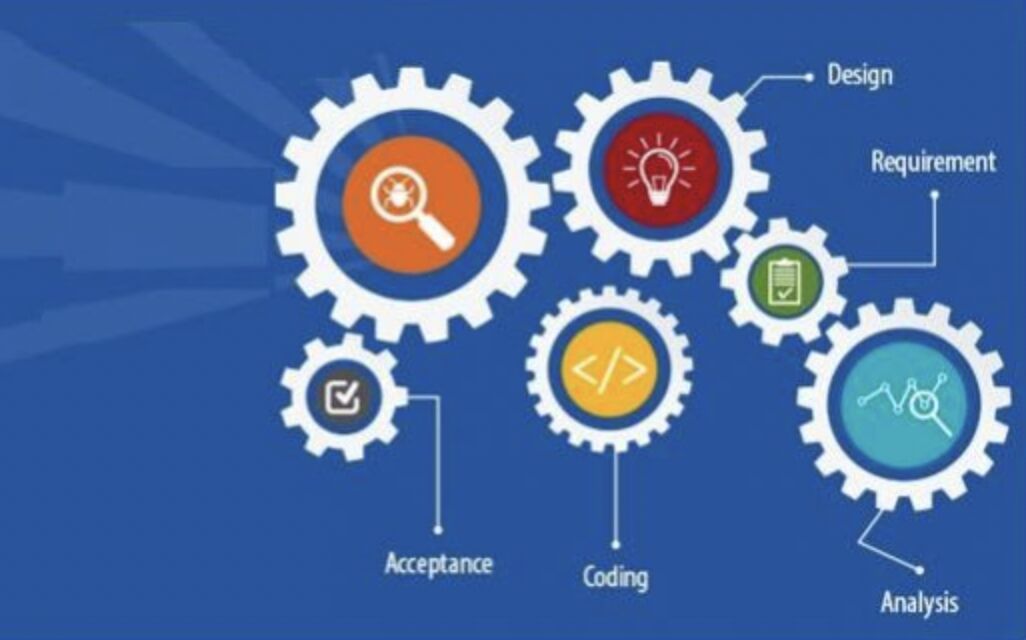Decorating your yard with flags can add a personal touch and a pop of color to your outdoor space. Whether you’re celebrating a holiday, showing your patriotism, or simply expressing your personality, there are plenty of options to suit every style and budget. In this guide, I will share some of the best flags for the yard and provide tips on how to choose the perfect one for your needs.
Why Flags for the Yard?
Flags for the yard are an excellent way to make a statement or celebrate a special occasion. They are versatile, easy to install, and come in a variety of designs and sizes. You can use them to enhance the aesthetic appeal of your garden, welcome guests to your home, or mark important events. Additionally, flags can be changed seasonally or for special events, providing a dynamic and ever-changing look to your outdoor space.
Top Picks for Yard Flags
1. Patriotic Flags
Patriotic flags are a popular choice for many homeowners. They are often displayed during national holidays such as Independence Day, Memorial Day, and Veterans Day. The most common patriotic flag is the American flag, but there are also state flags, military flags, and historical flags that can show your pride and support.

Recommended Picks:
- Annin Flagmakers American Flag: Known for its durability and vibrant colors.
- G128 American Flag: Made with heavy-duty polyester and reinforced stitching.
2. Seasonal Flags
Seasonal flags are perfect for those who enjoy celebrating the changing seasons. These flags can feature designs related to spring, summer, fall, and winter. They can also highlight specific holidays like Christmas, Halloween, and Easter.
Recommended Picks:
- Toland Home Garden Spring Floral Flag: Features bright and cheerful floral designs.
- Evergreen Flag Easter Bunny Flag: A charming addition for the Easter season.
3. Personalized Flags
Personalized flags allow you to create a unique and custom look for your yard. You can include your family name, a special message, or a monogram. These flags make great gifts and are perfect for special occasions like weddings or anniversaries.
Recommended Picks:
- Custom Decor Personalized Garden Flag: Offers a variety of customization options.
- Breeze Decor Personalized Monogram Flag: Stylish and elegant monogram designs.
4. Garden Flags
Garden flags are smaller in size and are typically used to decorate specific areas of your yard, such as flower beds or walkways. They come in a wide range of themes and designs, making it easy to find one that matches your garden’s aesthetic.
Recommended Picks:
- Briarwood Lane Welcome Garden Flag: Features a welcoming message with beautiful artwork.
- Avoin Welcome Watercolor Garden Flag: Made with durable materials and vibrant colors.
5. Sports Flags
For sports enthusiasts, sports flags are a great way to show support for your favorite team. These flags can be displayed year-round or during specific sports seasons. They are available for a variety of sports, including football, baseball, and soccer.
Recommended Picks:
- Team Sports America NFL Flag: High-quality flags featuring NFL team logos.
- WinCraft MLB Garden Flag: Perfect for baseball fans, featuring MLB team logos.
Choosing the Right Flag for Your Yard
When selecting a flag for your yard, there are several factors to consider to ensure you choose the best option for your needs.
Material
Flags are made from various materials, including polyester, nylon, and cotton. Polyester is durable and weather-resistant, making it a great choice for outdoor use. Nylon flags are lightweight and dry quickly, while cotton flags offer a classic look but may not be as durable for outdoor conditions.
Size
Flags come in different sizes, so it’s essential to choose one that fits well in your yard. Standard garden flags are usually 12×18 inches, while larger yard flags can be 3×5 feet or more. Consider the space where you will be displaying the flag to determine the appropriate size.
Design
The design of the flag should reflect your personal style and the message you want to convey. Whether you prefer a simple and elegant design or something more colorful and elaborate, there’s a flag out there that will suit your taste.
Durability
Since flags will be exposed to the elements, it’s crucial to choose one that is durable and can withstand various weather conditions. Look for flags with reinforced stitching and UV-resistant materials to ensure they last longer.

How to Display Your Yard Flag
Displaying your yard flag correctly can enhance its visual impact and longevity. Here are some tips to help you get started:
Flagpole
Invest in a good-quality flagpole that can securely hold your flag. There are various types of flagpoles available, including ground-mounted, wall-mounted, and garden flag stands.
Location
Choose a location that provides maximum visibility and complements your yard’s overall layout. Avoid placing the flag in areas with heavy foliage or obstacles that may obscure its view.
Maintenance
Regularly check your flag for signs of wear and tear, such as fraying or fading. Clean the flag according to the manufacturer’s instructions to keep it looking vibrant and fresh.
Conclusion
Choosing the best flags for the yard can transform your outdoor space and make it more inviting. From patriotic and seasonal flags to personalized and sports flags, there’s something for everyone. Remember to consider factors like material, size, design, and durability when making your selection. With the right flag and proper display, your yard will become a beautiful and expressive extension of your home.
Key Takeaways
- Versatility: Yard flags are a versatile way to decorate and personalize your outdoor space.
- Variety: There are numerous designs available to suit every style and occasion.
- Durability: Choose flags made from durable materials to withstand outdoor conditions.
By following these tips and selecting the perfect flag, you’ll be able to create a stunning yard display that reflects your personality and style. So, why wait? Start exploring the best flags for the yard today!





